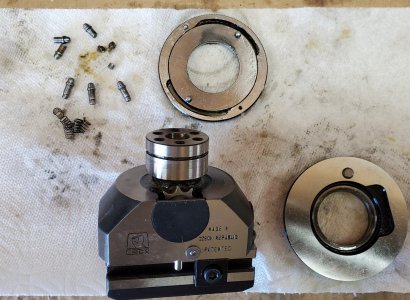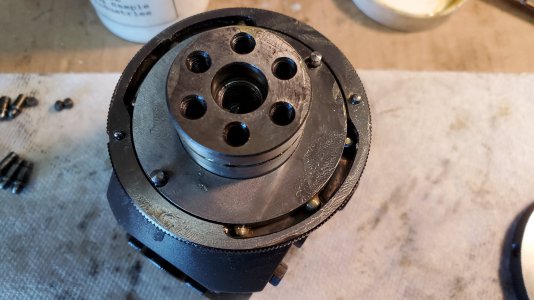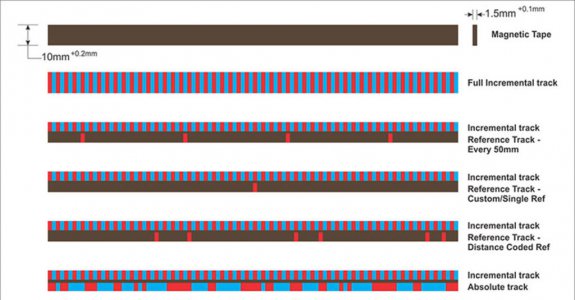- Joined
- Mar 25, 2013
- Messages
- 4,615
Those are the funkyest bullets I have ever seen. I love the micrometer! I may need one!Your head maybe one thing, the conversion to data by the microprocessor in the DRO is another thing. If there was an issue with the data stream speed they wouldn't be selling 1 micron scales. On 3 lathes I had the same issues as to resolution errors on the cross slide when using a 5 micron scale, the issues became a magnitude less when using a 1 micron scale. It is general practice if you are using diameter mode on a lathe to specify a 1 micron scale on the cross slide. The long axis, a 5 micron scale works just fine. The quality of the individual components is what matters, I have seen people that have issues with the accuracy of the Ditron DRO's whether this is the DRO head unit or the scales I do not know. I have been using Electronica and Easson head units and have no issues with either other than the noted problems of using their 5 micron scale on the cross slide. Once they were replace with a 1 micron scale, I could easily get repeat turning accuracy of better than 0.001". If you do not need that accuracy than use a 5 micron scale, as I mentioned different scales have different accuracies even though they all have the same resolution.
Target diameter was 0.1550" +/-0.0005"





